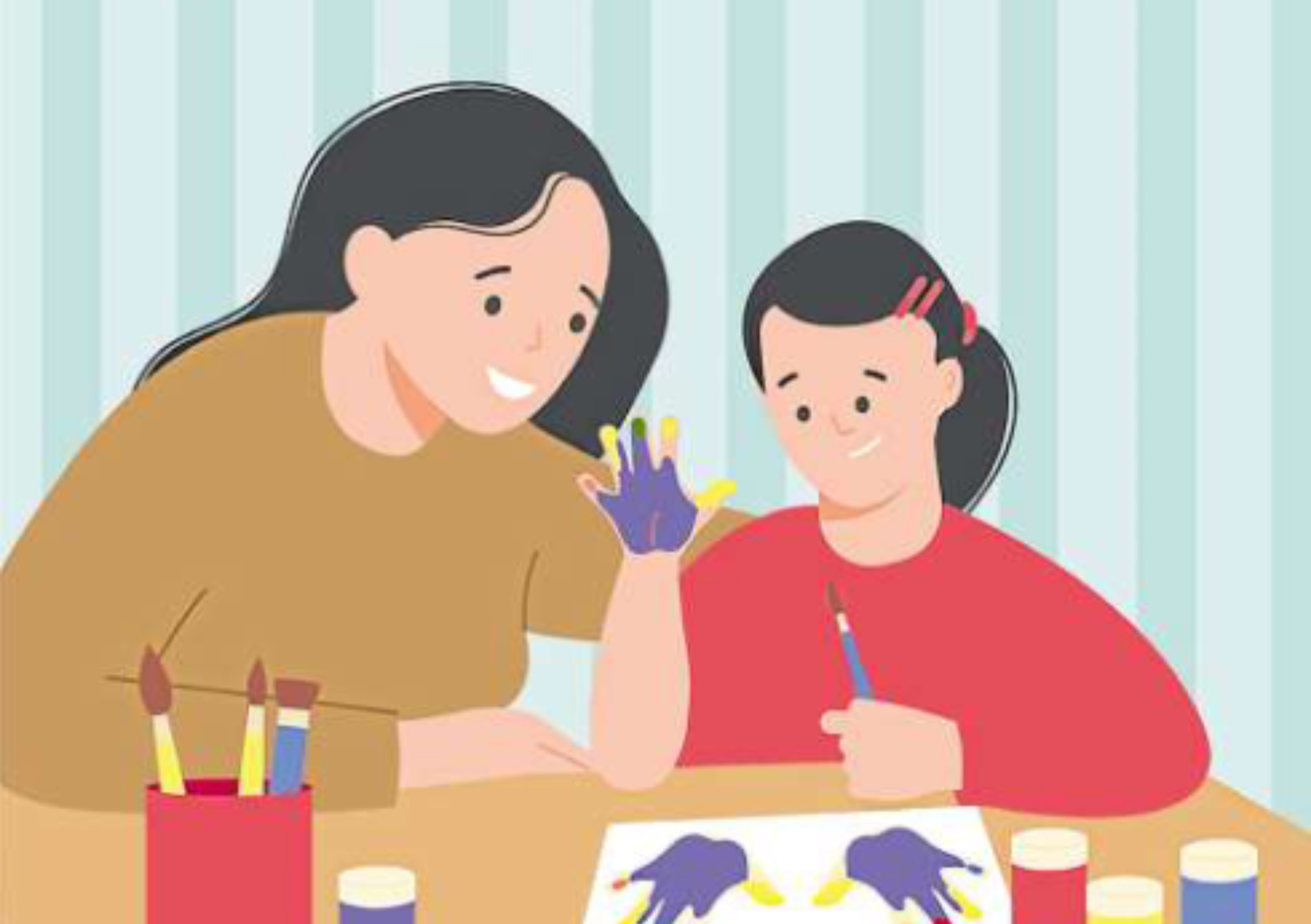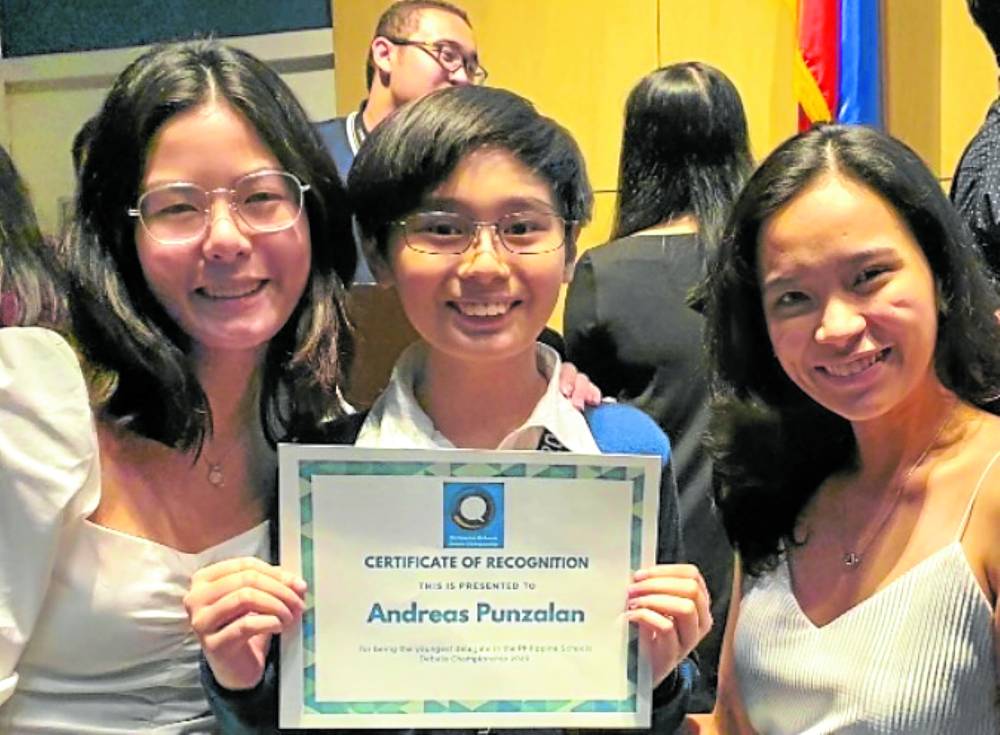
In studying correlations between drinking age and media use, Dr. Michael Rich, also known as the “mediatrician,” theorized that kids who spent more time using media would start drinking earlier. Instead, in the abstract published in Journal of Adolescent Health, he and his coauthors revealed that kids who used multiple media at the same time drank earlier.
“What’s really happening,” he said in the November-December 2011 issue of Harvard magazine, “is a rapid toggling of our primary attention: if we are doing two or more tasks that require the same type of attention, something has to recede to the background.”
Rich presented another study where chronic multitaskers felt more assured about their performance in a task than nonmultitaskers. But the latter did better; the multitaskers couldn’t block out the irrelevant information.
At the Screen Time & Mental Health Summit by Bright & Quirky, Rich explained that since the brain only works on one channel at a time, we “split task”: say, cooking while talking to our child—you’ll eventually forget an ingredient or miss what your child said.
Since we don’t get to appreciate either activity, Rich recommended we put 100 percent of ourselves into each. He observed that people no longer spend time with reflective thinking, just taking a moment.
“Let’s bring back boredom. Boredom is where creativity and imagination happen. Not just because you’re allowing that space in your head but also because it’s uncomfortable. So you start being curious. Kids don’t do that anymore. They’ll look at meme after meme.”
He added that many great ideas come from boredom and that we must respect our heads and hearts more than we do, so we shouldn’t treat ourselves like machines to be “productive.”
Online porn
Rich cited another example of problematic interactive media use: online porn. Usually concealed in social media or gaming, such platforms are sexualized and misogynistic. He said that we need to acknowledge children’s curiosity and that sex is a primal drive in humans, sharing that the average age of first porn encounter is 9.
“All it takes is one kid in a friend group to access it. Usually at a time in their lives when it’s nonsensical, weird and confusing but also something ‘dirty’ so they don’t talk to their parents about it,” said Rich.
When he talks about porn with kids, he labels it as fiction because they need to know that regular people don’t look or behave like that. They must understand that porn is marketing sex as a commodity, making it transactional rather than relational.
In porn, there is nothing about love, trust or a desire to be intimate, sharing oneself physically, emotionally and psychologically. Rich said many kids today are just “friends with benefits” without emotional commitment or real intimacy. It’s all tied in with this culture of phones supposedly making us more connected but getting in the way because we can reach out by text or social media but with a machine. It feels safer, more at arm’s length. So we can shop for relationships or sex on Tinder without deep commitment.
“So I say to kids, when you interact with someone you care about, always upgrade by one. Instead of texting, call or video call them. Best of all, get face-to-face in person because that is what’s sustaining, where deep meaningful connections in life happen,” he advised.
Rich pointed out that it’s easy to text, but you can’t make out with a smartphone. The kids with porn issues that he sees in his practice are mostly college-age males who, in their teens, had computers fulfill their sexual needs and never let their sex drive push them past their fear of intimacy. So, they don’t know how to let someone know they’re interested in them and want to be with them. As porn is bereft of “commitment, contraception and consequences,” they never learn how relationships work in the real world.
Be open-minded
How can parents and grandparents estranged from this culture stay sharp as nondigital natives? How do we stay engaged and keep learning and understanding?
“It’s a matter of maintaining one’s curiosity and approaching life and people with an open mind and heart,” said Rich. He explained that it doesn’t mean assuming you’re the standard and using yourself as a reference. Instead, he recommended making oneself vulnerable, open and authentic, seeing differences as opportunities to learn and accept the youth.
He believes kids get into social media trouble because they use it as businesses do: selling themselves to each other. When they show off new stuff or trips they’re on, or they’re with a hot boy/girlfriend, they appear to be better than they are.
“If we can learn to use social media authentically, with humility, it can be an instrument of peace,” said Rich, noting that we have genuine relationships with people who know our limitations and faults and love us anyway.
“And part of why they love us is they can complement our limits with their strengths and vice versa. Those are the deep, meaningful relationships that matter.”








































